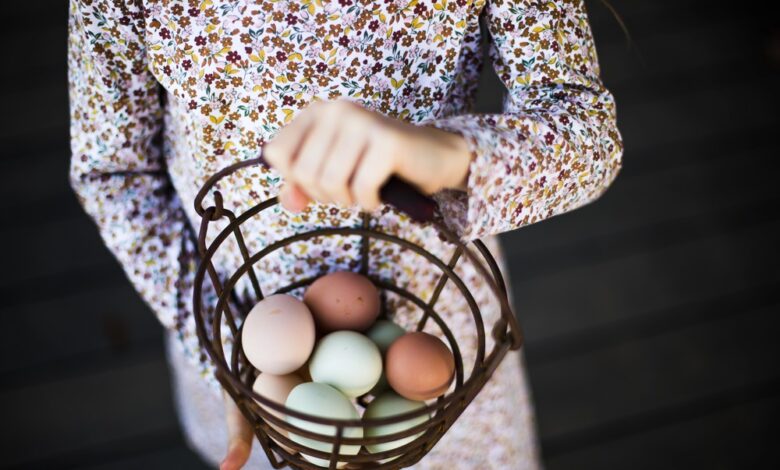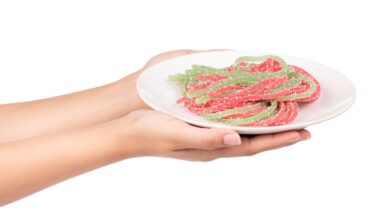The Second Law of Demand and Supply in Action

Why Egg Prices are Soaring: A Look at Market Dynamics
It’s no surprise that egg prices have been on the rise. In October 2024, UMASS – Amherst economist Isabella Weber made a case for implementing price controls to curb the escalating prices. She argued that these controls would not lead to the usual negative consequences such as shortages or deadweight loss. In response to her claims, a key point was raised:
Furthermore, since the price being kept artificially low disincentivizes the supply curve from becoming elastic and/or growing, the costs of price ceilings persist longer than they would otherwise.
Fast forward four months, and we can see this theory in action. The high cost of eggs is prompting individuals to explore alternatives like setting up backyard chicken coops or even renting chickens. This shift aligns with the Second Law of Demand, which states that elasticities of demand increase over time following a price change. As egg prices remain high, more people are seeking out or creating substitutes, making the demand curve more elastic. This trend also applies to supply, with individuals getting creative to meet the market demand. When eggs were priced at $0.99 per dozen, investing in a backyard coop seemed impractical. However, with current prices nearing double digits, the appeal of backyard coops has risen, leading to a more elastic demand for eggs. Similarly, individuals with chicken coops are now sharing or selling eggs to their neighbors.
Implementing price controls would impede this natural market adjustment process. The market is actively working towards a solution, and price controls would only hinder this progress. Instead of addressing shortages and inflation, Weber’s proposal would simply mask the visible costs.
Update: The price of eggs has since decreased from the original post. As of April 3rd, a dozen eggs at my local store now cost $5.79. Despite this drop, the original argument remains unchanged as it reinforces the point being made.





